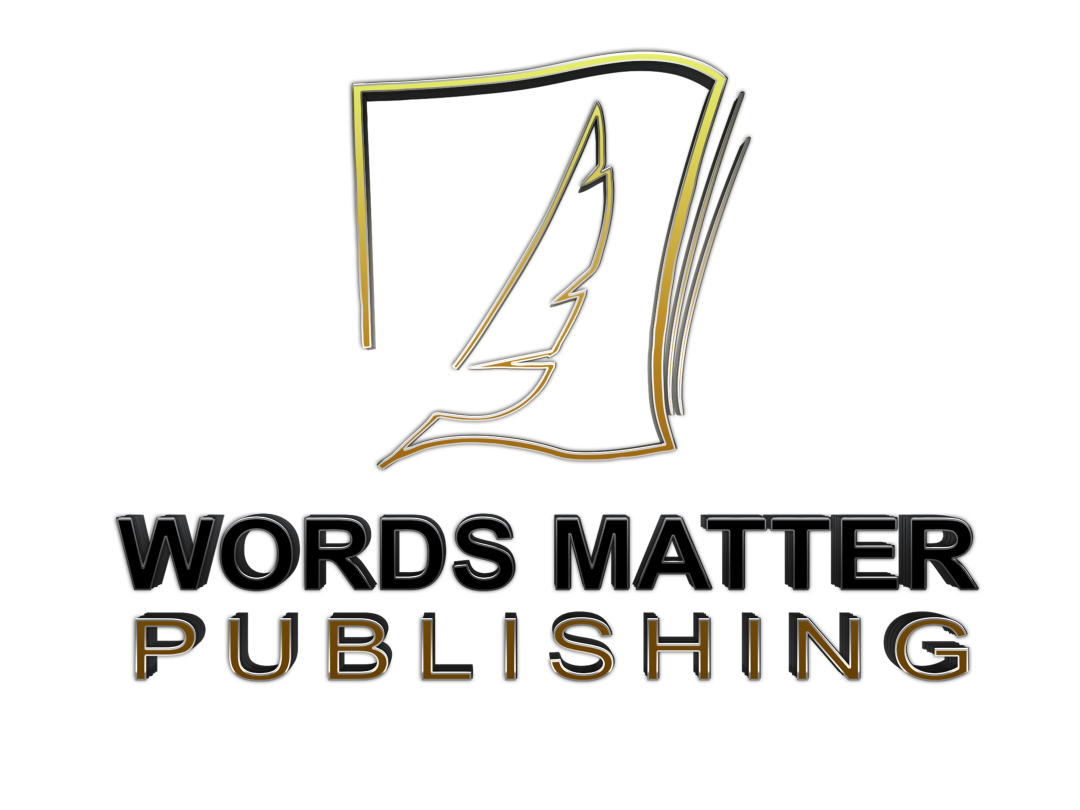
Introduction: Self-publishing has emerged as an enticing avenue for aspiring authors seeking creative control and the opportunity to bypass traditional publishing routes. While self-publishing offers numerous benefits, it is essential to recognize that it also comes with its fair share of challenges. In this blog post, we shed light on the potential horrors of self-publishing and provide insights on how to navigate this path successfully.
- Lack of Editorial Guidance: One of the significant challenges of self-publishing is the absence of traditional editorial support. Without the expertise of professional editors, self-published authors may overlook critical aspects such as plot development, characterization, grammar, and overall writing quality. It is crucial for self-published authors to invest in professional editing services to ensure their work reaches the highest standards of quality.
- Marketing and Promotion: Self-published authors often find themselves responsible for the daunting task of marketing and promoting their books. Without the backing of a traditional publishing house’s marketing resources, self-published authors must develop their marketing strategies, establish an online presence, and engage with their target audience effectively. This can be time-consuming and challenging, requiring a comprehensive understanding of book marketing techniques.
- Limited Distribution Channels: Unlike traditional publishing, where books can be found in physical bookstores worldwide, self-published authors may face limitations in terms of distribution. While digital platforms such as Amazon Kindle and Smashwords provide opportunities for self-published authors to reach a wide audience, breaking into physical bookstores can be difficult without the support of a traditional publisher’s distribution network.
- Building Credibility: Establishing credibility as a self-published author can be an uphill battle. Some readers may hold biases against self-published books, assuming they lack the same level of quality as traditionally published works. Building a reputable brand and garnering positive reviews becomes crucial in overcoming these biases and earning the trust of readers.
- Financial Investment: Self-publishing is not without its financial implications. Self-published authors often bear the upfront costs associated with editing, cover design, formatting, and marketing. These expenses can add up quickly, especially for authors on a tight budget. It is essential for authors to budget and plan accordingly to ensure they can cover these costs without compromising the quality of their work.
- Time and Energy Commitment: Self-publishing requires a significant investment of time and energy. Authors must manage every aspect of the publishing process, from writing and editing to cover design and marketing. This can be overwhelming, especially for those balancing writing with other responsibilities. Effective time management and a realistic understanding of the workload involved are crucial for self-published authors.
- Difficulty in Standing Out: With the rise of self-publishing, the market has become saturated with books vying for readers’ attention. Breaking through the noise and standing out among the competition can be a challenge. Self-published authors need to invest in effective book cover design, engaging book descriptions, and strategic marketing tactics to capture readers’ interest.
Conclusion: While self-publishing offers a gateway to creative freedom and control, it is essential to recognize the potential pitfalls and challenges that come with this path. By being aware of the horrors of self-publishing and taking proactive steps to address them, authors can navigate this journey more successfully. Embracing professional editing, strategic marketing, and a commitment to excellence will increase the chances of self-published authors achieving their goals and reaching their intended audience. Self-publishing can be a rewarding endeavor, but it requires careful planning, perseverance, and a commitment to producing high-quality work.



